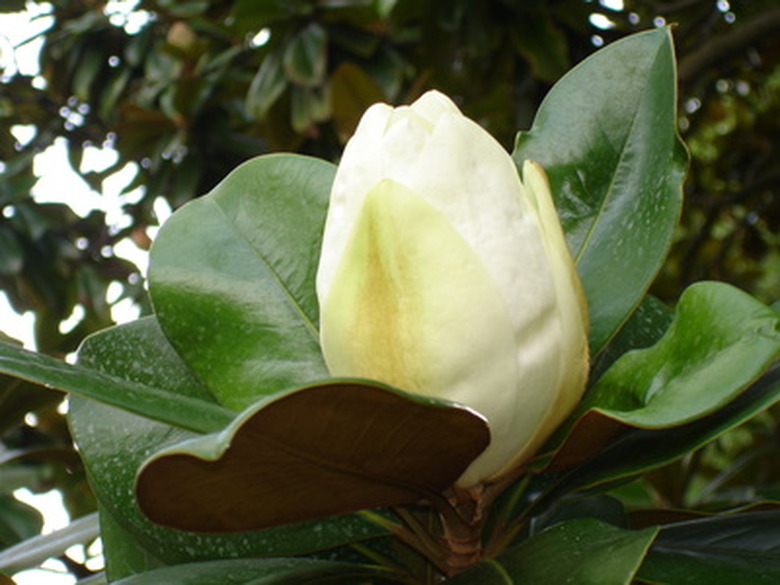Parts Of A Magnolia Flower
Southern Magnolia is the state flower of both Mississippi and Louisiana. This plant grows beautiful blooms and thrives in rich, moist soil. While it tolerates shade when young, it yearns to bask in the sunlight to provide the best display of flowers. Magnolias need a well-drained soil to prevent root decay and when planted in a wide-open space, they can grow to heights of 90 feet. Magnolias are a common pleasant sight in the South, and for many encompass all that Southern charm is about.
Pistil
The pistil, or receptable, of the magnolia bears four types of modified leaves. Inside the pistil is the ovary of the flower, where the pollen is received. The pistil is often referred to as the female part of the flower because it houses the ovary, but that is not entirely accurate. The pistil does produce the female gametes, which are the only real female portion of the flower.
- Southern Magnolia is the state flower of both Mississippi and Louisiana.
- The pistil is often referred to as the female part of the flower because it houses the ovary, but that is not entirely accurate.
Calyx
The calyx of the flower is a green leaf structure that protects the inner delicate parts of the flower. Often referred to as the sepal, the calyx houses the sepals. Generally, there are as many petals as there are sepals, and they alternate around the base forming the calyx. This is not the case with magnolias. The calyx is hard to differentiate from the corolla of the flower.
Corolla
The corolla of the magnolia flower is the center of the flower where the petals grow from. The calyx rest against the bottom of the corolla, making it hard to tell where one ends and the other begins. The corolla consists of the whorl of the petals in the magnolia flower.
- The calyx of the flower is a green leaf structure that protects the inner delicate parts of the flower.
- The calyx is hard to differentiate from the corolla of the flower.
Andreocium
The andreocium of the magnolia is commonly called the stamens. This is often referred to as the male part of the flower, because it produces the male gametes, but that is not true. The male gametes are the only male portion of the flower. Magnolias have several stamens, while many other species of plant only have one.
Anthers
Anthers consist of four fused chambers called microsporangia. Pollen is produced in this area of the flower, along with the male gametes. The pollen must be transferred to the pistil portion of the flower for reproduction to occur.
- The andreocium of the magnolia is commonly called the stamens.
- This is often referred to as the male part of the flower, because it produces the male gametes, but that is not true.
Petals
Flower petals are the blossoming portion of the flower that is visible to the eye without inspection. Magnolia flowers range in color, with the most common being a golden shade. The petals attract insects into the flower for pollination and reproduction.
